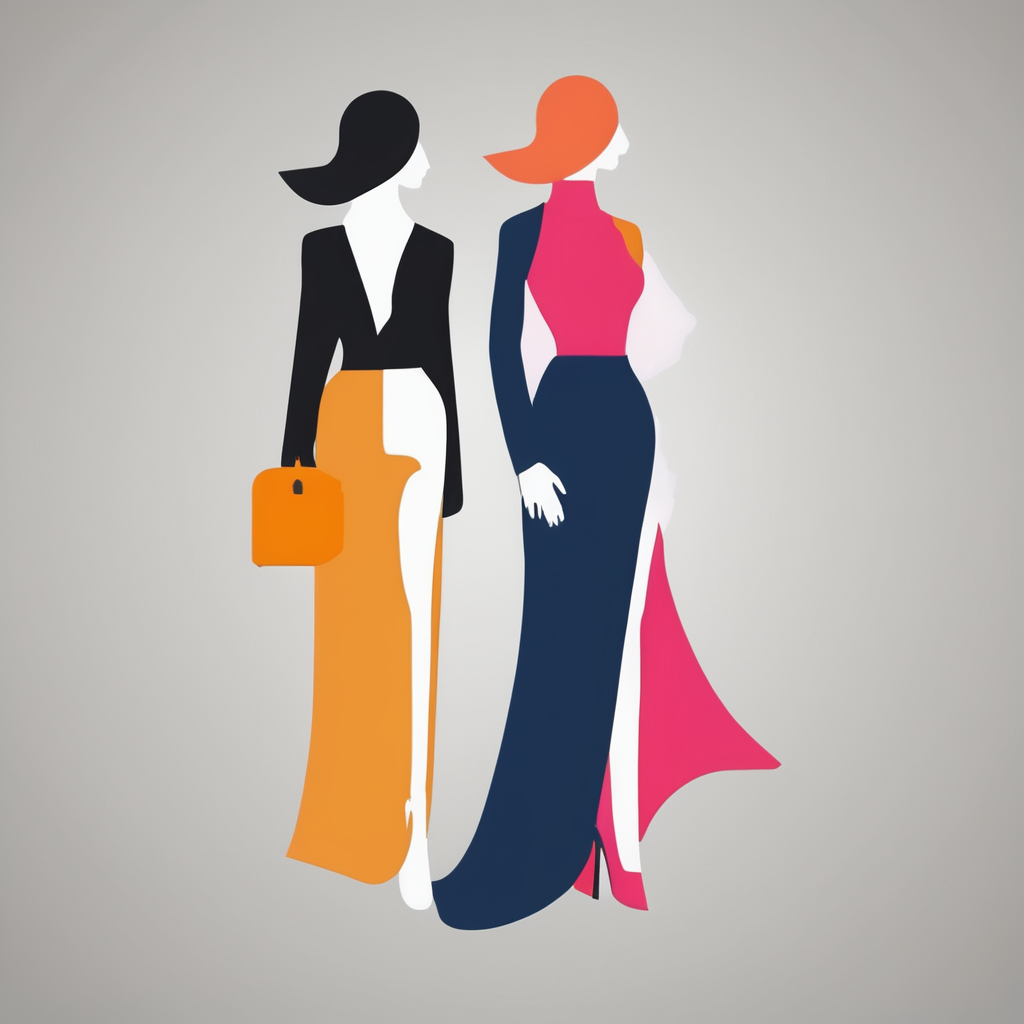British Fashion as a Mirror of Women’s Changing Roles
The interplay between clothing and societal change
British women’s fashion evolution closely tracks shifts in women’s societal roles over time. During each historical era, fashion choices reflected the prevailing cultural and social atmosphere. For example, the restrictive corsets and voluminous skirts of the Victorian era symbolized women’s limited public participation, aligning with expectations focused on domesticity and modesty.
Also read : How Can British Women Express Their Personality Through Fashion?
As industrialization progressed, and women increasingly entered the workforce, fashion adapted to incorporate practicality and freedom of movement. The 1920s flapper style, with its dropped waistlines and shorter hemlines, visually challenged previous norms, paralleling women’s growing independence and evolving social freedoms.
Key fashion trends vividly align with changes in women’s work, family, and social positions. During World War II, utility clothing emerged out of necessity, reflecting women’s essential roles in factories and military services. The post-war return to femininity through tea dresses and tailored suits contrasted with earlier austerity, signaling shifts in family dynamics and leisure.
Have you seen this : How Does UK Fashion Reflect the Lifestyle of Women?
Major women’s movements powerfully influenced mainstream British style. The feminist wave of the 1960s and 70s popularized androgynous silhouettes and bolder colors, expressing calls for equality and self-expression. Today, British fashion continues to echo ongoing cultural shifts, celebrating diversity and agency in women’s lives.
Decade-by-Decade: Key Moments in British Women’s Fashion
British women’s fashion has evolved dramatically through notable eras in British fashion, reflecting wider women’s lifestyle trends and societal changes. From the Edwardian to postwar shifts, early 20th-century fashion intertwined with the suffrage movement and war efforts. Women’s clothing transitioned from restrictive corsets to practical wartime attire, symbolising newfound roles beyond the domestic sphere. The 1950s then re-emphasised the domestic ideal, with full skirts and tailored dresses defining femininity.
The liberation wave from the 1960s to 1980s introduced radical changes. Mini skirts became icons of youthful rebellion, while power dressing emerged, embodying the rising presence of the working woman in professional environments. Shoulder pads and tailored suits symbolised authority and confidence, sharply contrasting with previous eras.
Entering the 21st century, British fashion exhibits fluidity and inclusivity, echoing contemporary values. Designers focus on diversity, sustainability, and blending tradition with modernity to meet today’s conscious consumer demands. This fashion history timeline shows a continuous dialogue between evolving social roles and evolving style, encapsulating how British women’s fashion mirrors the complexity and progress of their lifestyle trends. Understanding this arc enriches our appreciation for the rich tapestry of British fashion.
Influential Designers, Icons, and Movements Shaping the Look
Fashion’s evolution owes much to British fashion designers who pioneered bold styles and redefined elegance. Vivienne Westwood crystallized punk’s rebellious spirit into garments that challenged societal norms, blending DIY aesthetics with high fashion. Mary Quant popularized mini skirts, a symbol of youth liberation during the 1960s, making her an iconic woman who transformed everyday wear into statements of freedom and fun. These trailblazers paved the way for contemporary changemakers who continue pushing boundaries.
The role of royalty and celebrities amplified fashion’s reach. Princess Diana, known for her timeless elegance and daring style choices, influenced global trends by mixing classic with adventurous looks. Kate Middleton, the Duchess of Cambridge, carries forward this legacy, blending tradition with modern sensibility, becoming a style icon whose wardrobe choices prompt widespread admiration.
Fashion movements like punk, Mod, and street style emerged as powerful forms of social commentary. Punk, with its ripped clothes and safety pins, voiced resistance against mainstream culture. The Mod movement embraced sleek tailoring and vivid patterns reflecting youthful optimism, while street style celebrates individuality and identity, continuously reshaping the fashion landscape. These styles highlight clothing as a potent expression of personal and collective liberation.
Work, Leisure, and Personal Expression: Fashion’s Role in Daily Life
Fashion has evolved remarkably from the days when women’s workwear was predominantly restrictive. The shift to practical clothing reflects broader societal changes, where functionality meets personal style. Today’s women’s workwear combines comfort with professionalism, allowing women to navigate their roles with confidence and ease.
Leisure activities have further influenced the development of casual fashion evolution. As people increasingly seek relaxation and self-expression outside structured environments, garments have adapted to accommodate these needs. This transition embraces more fluid styles, with an emphasis on comfort and versatility, blending seamlessly from work to leisure settings.
British lifestyle trends frequently inspire this dynamic, showcasing a blend of elegance and practicality in everyday fashion. Clothes are no longer just functional; they are a way to declare individuality and independence. Through thoughtful choices in daily wear, people express their identities and values, affirming that fashion is an essential part of personal empowerment and social interaction.
This connectedness between women’s workwear, casual styling, and lifestyle choices demonstrates fashion’s powerful role not only as clothing but as a statement of who we are in our daily lives.
Social Commentary: How British Fashion Responds to and Shapes Change
Fashion in Britain has long served as a powerful tool for advocacy and self-expression. It reflects and influences social change, especially regarding women’s voices in style. British designers and consumers use clothing not merely for aesthetics but to challenge norms around gender, identity, and equality. For example, the push for body positivity finds strong representation in fashion lines that celebrate diverse shapes and sizes, countering traditional standards.
The fashion industry’s response to equality and diversity goes beyond inclusivity on the runway; it impacts cultural conversations. British designers often embed feminist messages through styles that empower women, making fashion a platform where women’s rights are visible and celebrated. This interplay transforms clothes from mere fabric into symbols of resistance and progress.
Moreover, consumers actively drive these conversations by choosing brands aligned with social values—demonstrating how fashion acts as a form of empowerment. Through such choices, British fashion continuously reshapes its narrative, proving that style is inseparable from social commentary and the ongoing fight for representation.
